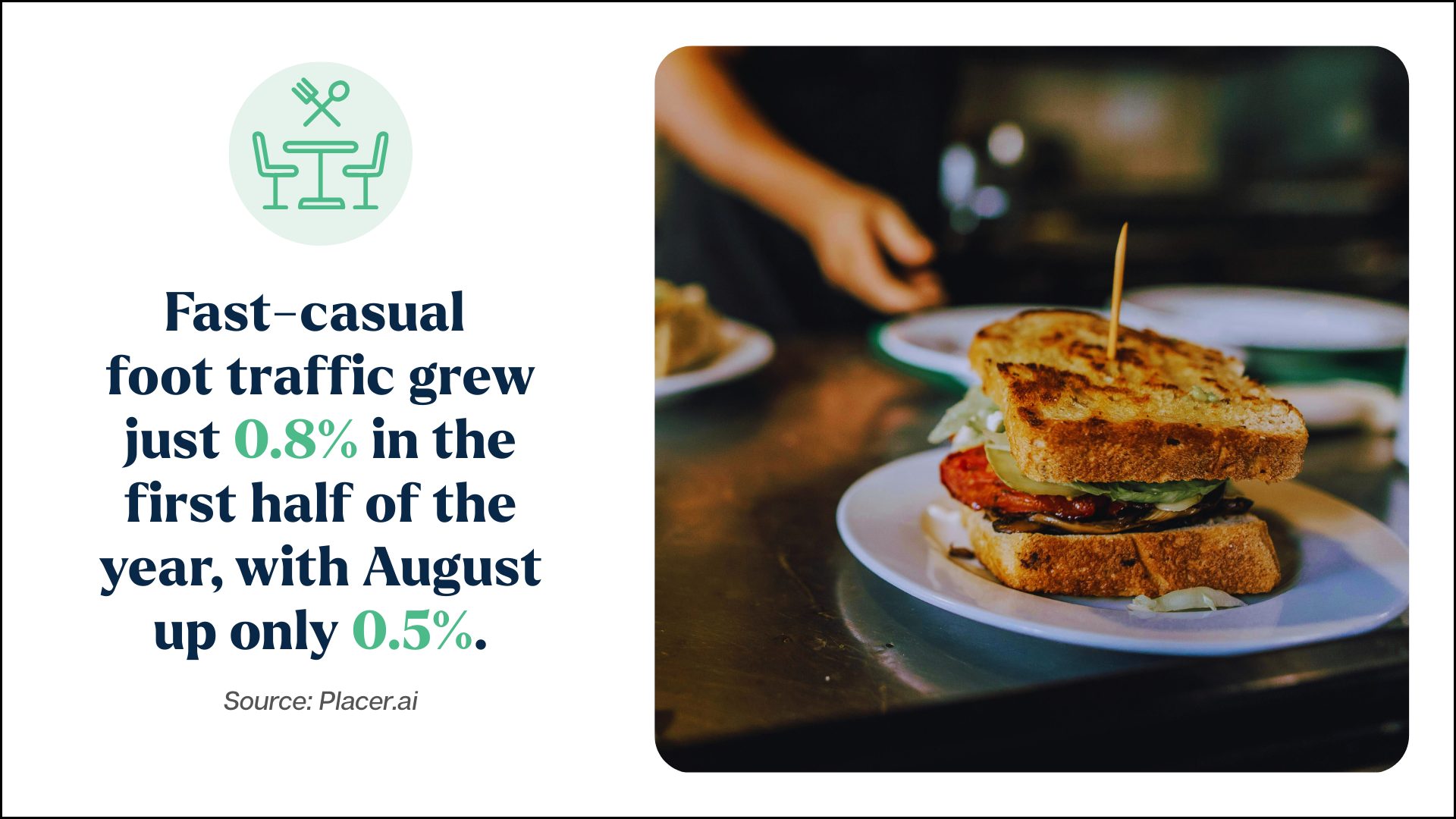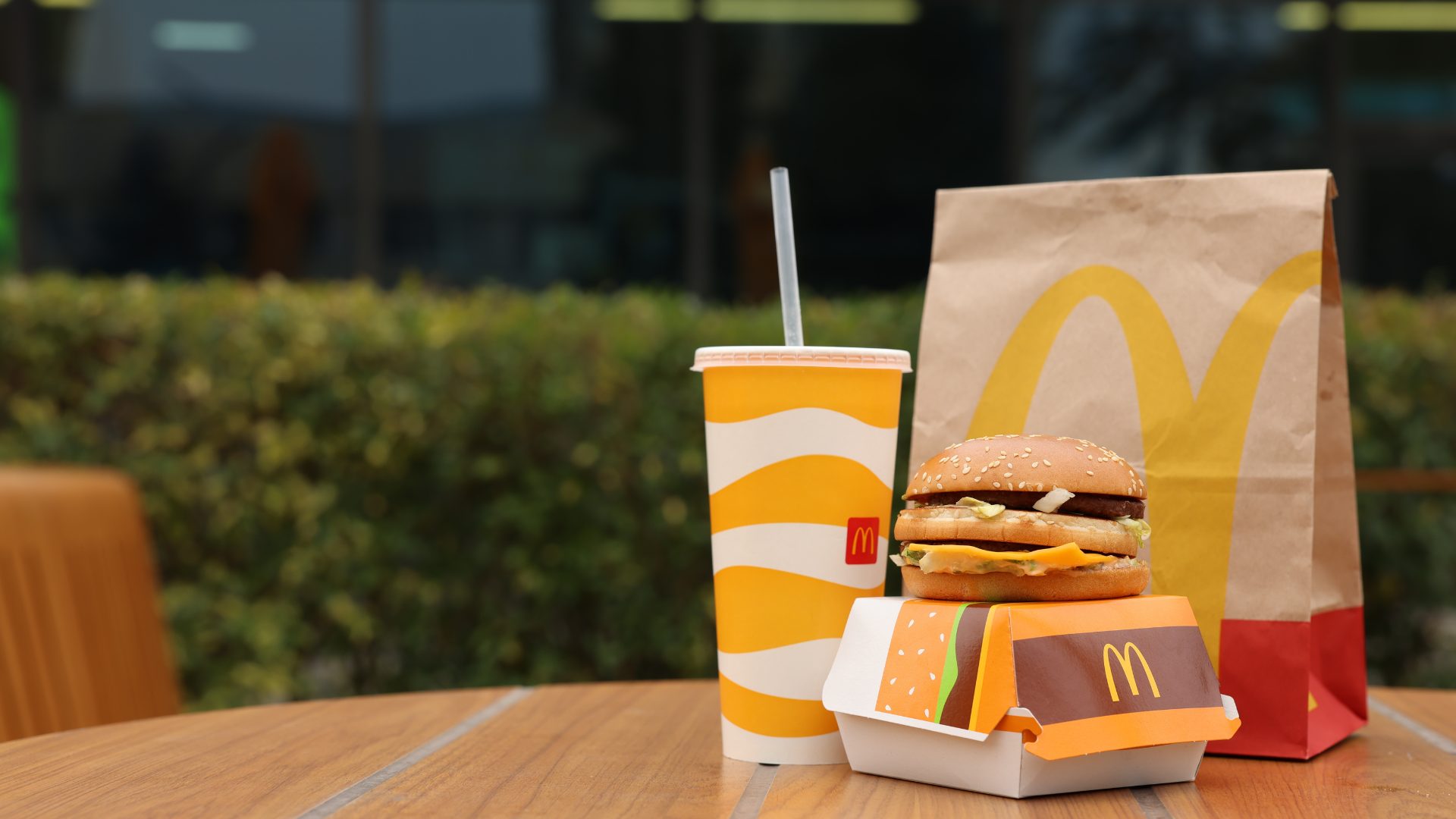Fast-casual restaurant chain Panera has had a tumultuous past few years: an IPO was put on pause, their CEO stepped down, lawsuits mounted from its energy drink portfolio, and now, sales have stagnated. Recently, the chain unveiled a transformation strategy to bring growth back to the brand.
The initiative endeavors to bring systemwide sales to more than $7 billion by 2028, up from the roughly $6 billion the chain currently earning. Many reports citing data from Technomic note that the company has not posted meaningful sales growth beyond its 2023 peak of $6.5 billion. Because Panera is privately-owned, it doesn’t release its granular financials.
Its multimillion-dollar strategy, named Panera RISE, features four strategic pillars, including a menu refresh, new value propositions, improved consumer experience, and an expanded network.
“Panera RISE is a momentum driver, grounded in the areas of differentiation that have made Panera an iconic brand for nearly 40 years,” said Paul Carbone, CEO of parent Panera Brands, in a statement.
Once the top U.S. fast-casual chain, Panera now sits behind Chipotle and Panda Express, according to a recent report. Historically, the chain positioned itself as a relatively healthier alternative to the QSR landscape. In recent years, however, the booming better-for-you fast-casual segment has been filled out by competitors such as Sweetgreen and Cava, both of which have been gradually eating at the chain’s market share.
Carbone admitted that Panera is largely to blame for its suboptimal trajectory. He noted how issues, such as meal size, quality, and staffing have harmed the chain’s overall customer experience.
“When the guest comes into the cafe to buy an expensive sandwich of lower quality and a smaller size, they’re met with a cafe that we stripped a lot of labor on, so there is no one to talk to,” said Carbone.
“It’s really about death by a thousand paper cuts.”
More Than a Salad
Doubling back on “shrinkflation,” the refreshed menu promises to deliver larger portions of higher-quality offerings.
In a conversation about these updates, Carbone emphasized that salads will once again feature higher-quality romaine lettuce after the chain swapped to iceberg in a cost-saving measure. It will also revert to once again slicing its cherry tomatoes rather than leaving them whole. The decision meant to save workers time from having to cut the individual tomatoes, but Carbone said it angered customers.
“We make the guest chase the cherry tomato around the bowl,” he said.
The plan emphasized a menu elevation across dayparts and across its bakery, beverage, and foodservice portfolios.
Another core tenet of the revamp is to rework its value proposition with a “barbell menu strategy” in mind, wherein customers can find options both on the low- and high-price ends.
“We haven’t cracked the code yet… [but] we’re doing a lot of testing,” Carbone said of the strategy.
Earlier this month, the brand debuted a $1 cup of soup add-on to an entrée, suggesting what the future of these value offerings could look like.
Fast-Casual Headwinds
Panera’s trajectory, however, is not unique. For the first half of the year, fast-casual foot traffic grew only .8% compared to 2024, according to data from Placer.ai. Plus, August posted gains of only 0.5%, indicating this trend isn’t likely to go anywhere soon.
In a separate report from Axios, Cava, Chipotle, and Sweetgreen are all posting shrinking year-over-year same-store sales as economic pressures hurt lower- and middle-income consumers. In Q2 Cava’s growth fell to +2.1% after previous quarters of double-digit growth, while Chipotle fell 4% over the period and Sweetgreen plummeted 7.6%.
Foodservice in general is getting hit by sticker shock. An exclusive report from CivicScience sent to FI, found that, when asked about their likelihood to cut back on restaurant purchases because of tariffs leading to higher prices, 46% of consumers said they will dial back on fast food dining, 42% would cut full-service eating, and 40% would step down their fast-casual restaurant patronage.
Despite this bleak outlook, the report found that consumers are still willing to spend more on products that support their health and wellness goals. In fact, it’s the only category where consumers are increasing their share of wallet.
This trajectory is likely to inform Panera’s positioning, which the brand’s portfolio already accompanies: its offerings highlight real, fresh ingredients likely to appeal to the modern “free-from” consumer who is acutely aware of additive and ultra-processed food consumption.












